We’ll be closed from 20 December and back 12 January while our team takes a well-earned break. Thank you to everyone for your support throughout the year.
Orders dispatched the week of 12 January 2026, when our workshop reopens.
+64 6 650 0204
info@davidtrubridge.com
Showroom Directions
The Journey So Far
David's path to where we are today is quite unconventional. In fact, he didn't plan to start a global lighting business nor did he plan to settle in New Zealand. Being an adventurer and risk-taker anything could happen.
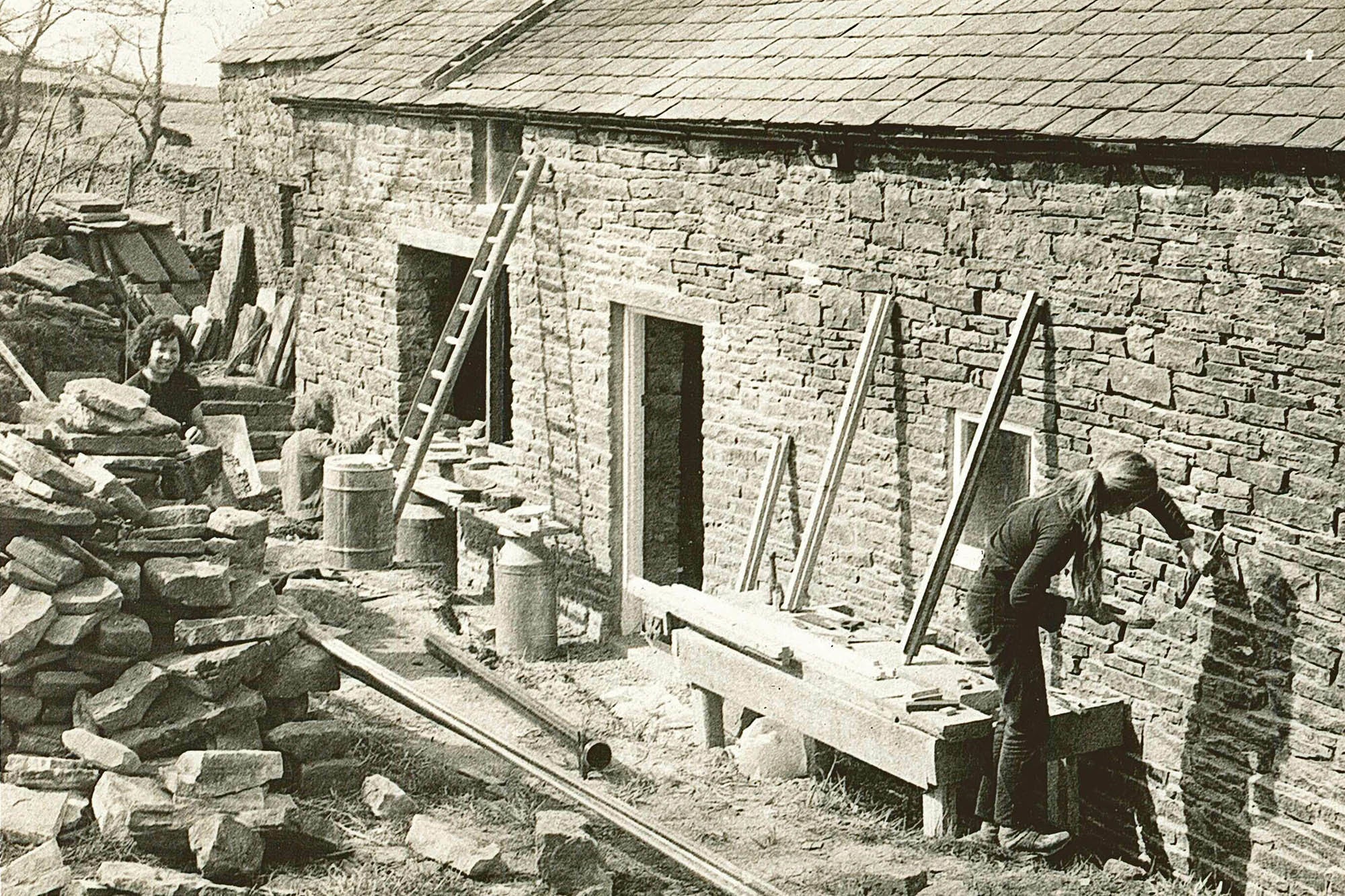
After studying Naval Architecture and some time spent traveling, David bought a pair of stone ruins in the north of England in search of a meaningful lifestyle. Along with a group of friends they set about restoring them. In the following years he met his wife Linda and they had two sons, Sam and William.
With friends renovating the old stone house, learning traditional building skills.
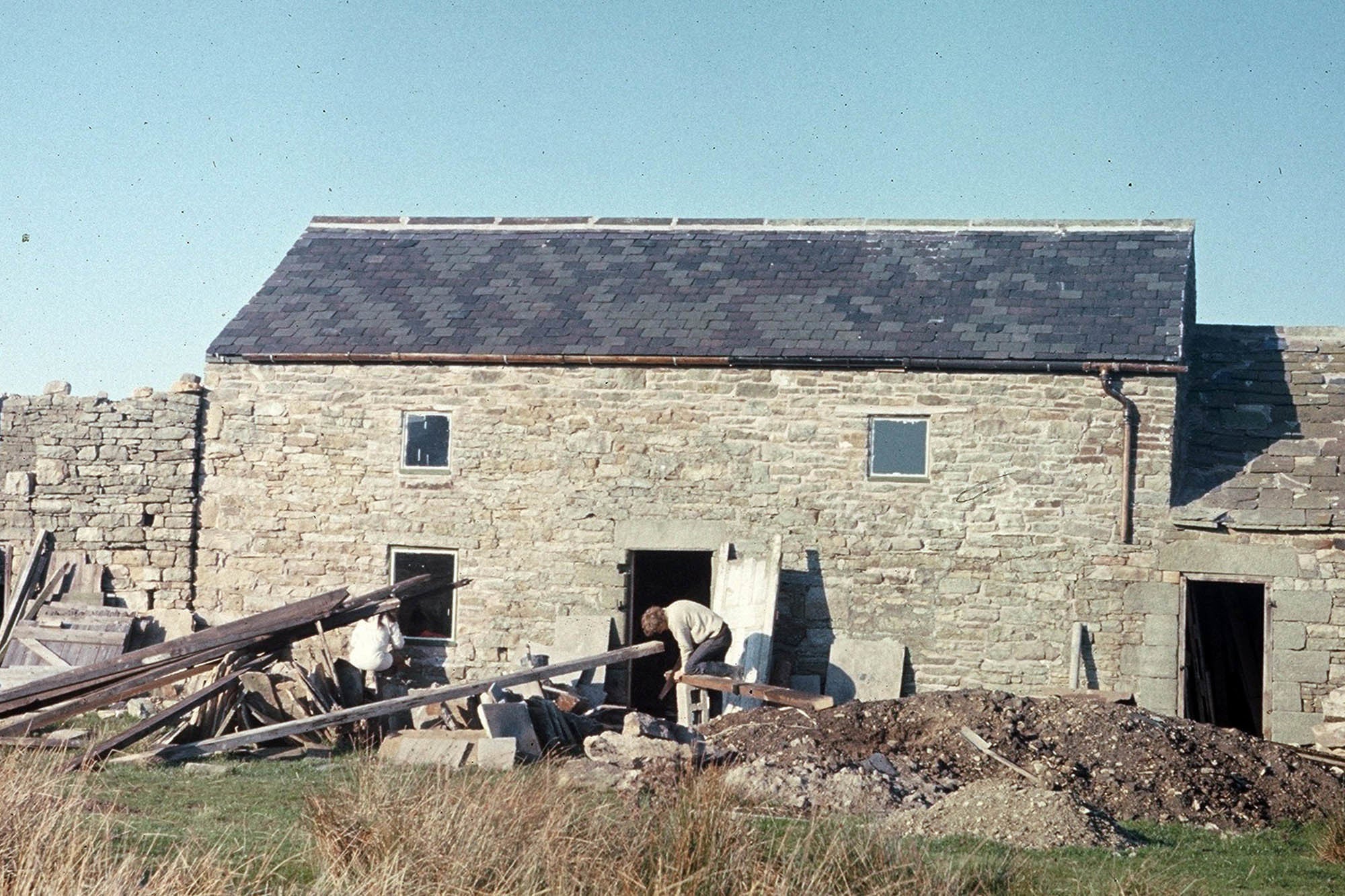
Across a marshy field, an old barn called Dykehead was renovated and turned into a workshop. After it was completed, David started to develop his business while also holding a part-time job as a forester on the local estate. David's skills and mind were developing and the home had become a safe haven.
Dykehead workshop nearing completion.
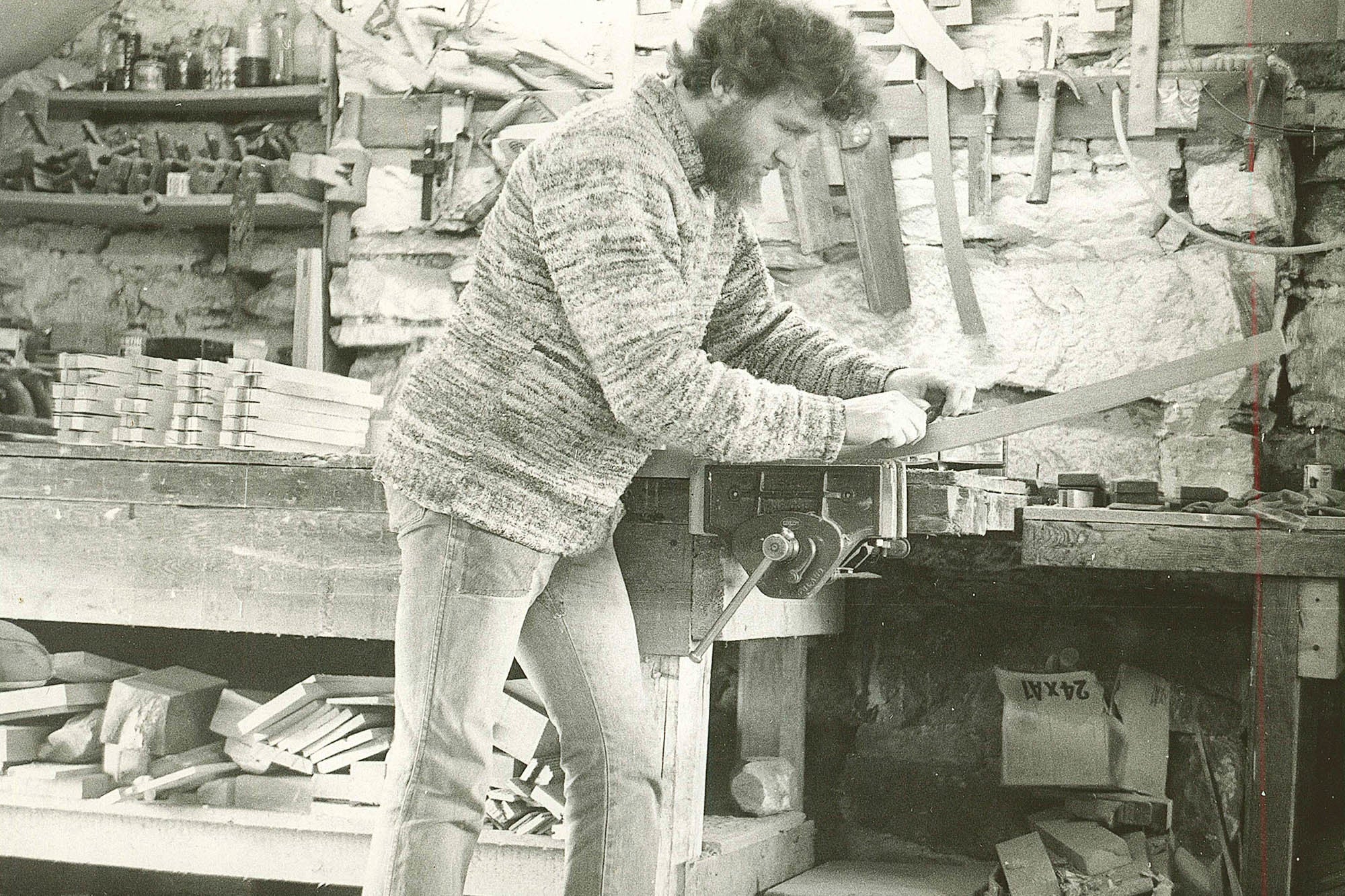
It was in this new workshop that David taught himself to make furniture. This was a natural progression from making all the joinery for the houses, and grew from a love of wood and nature.
David spokeshaving chair parts in the Dykehead workshop.
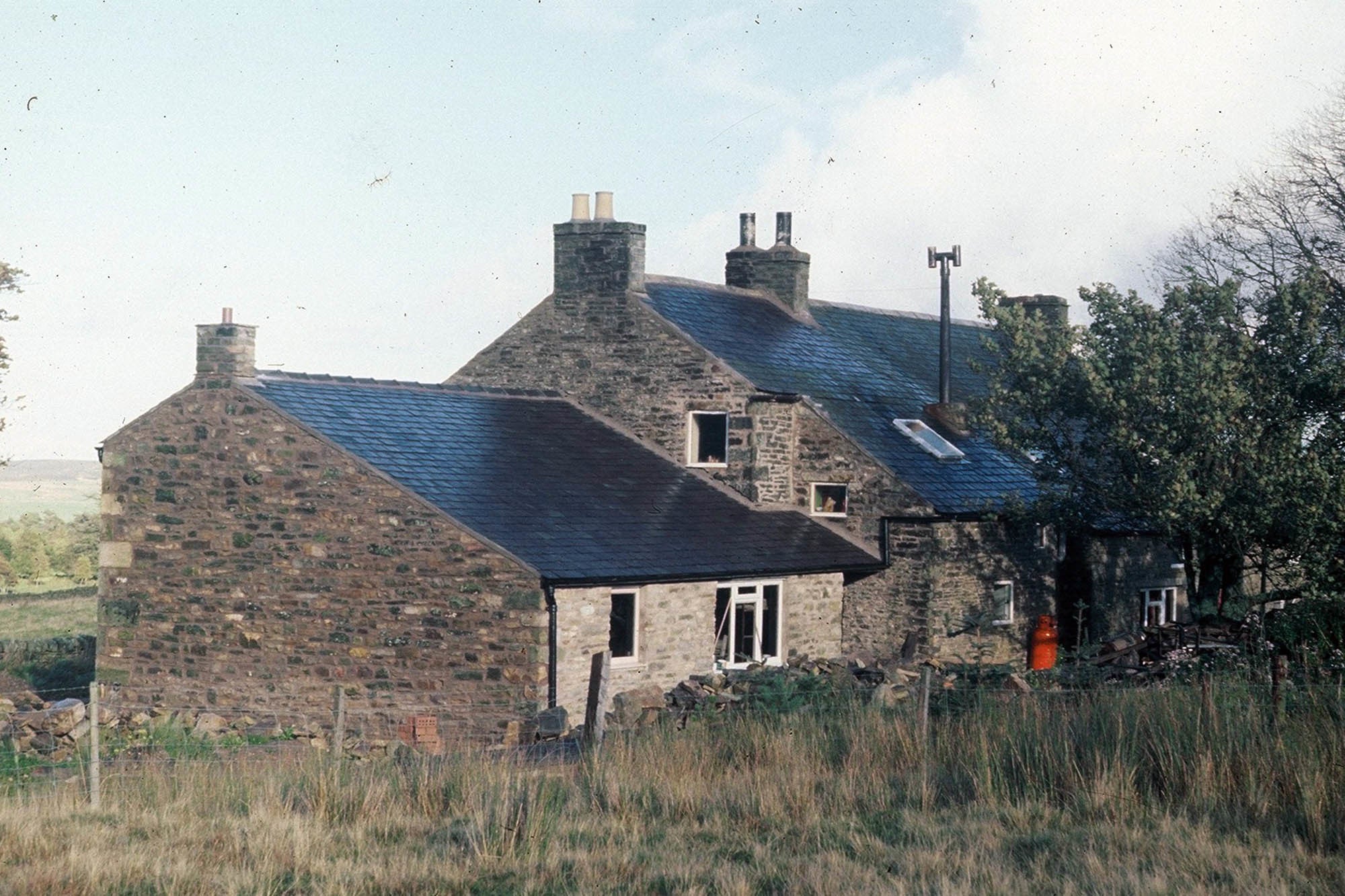
As Dykehead and the family home neared completion things prospered; the young Trubridge family was growing, David's skills and mind were developing and the home was becoming a safe haven.
The home to the Trubridge family.
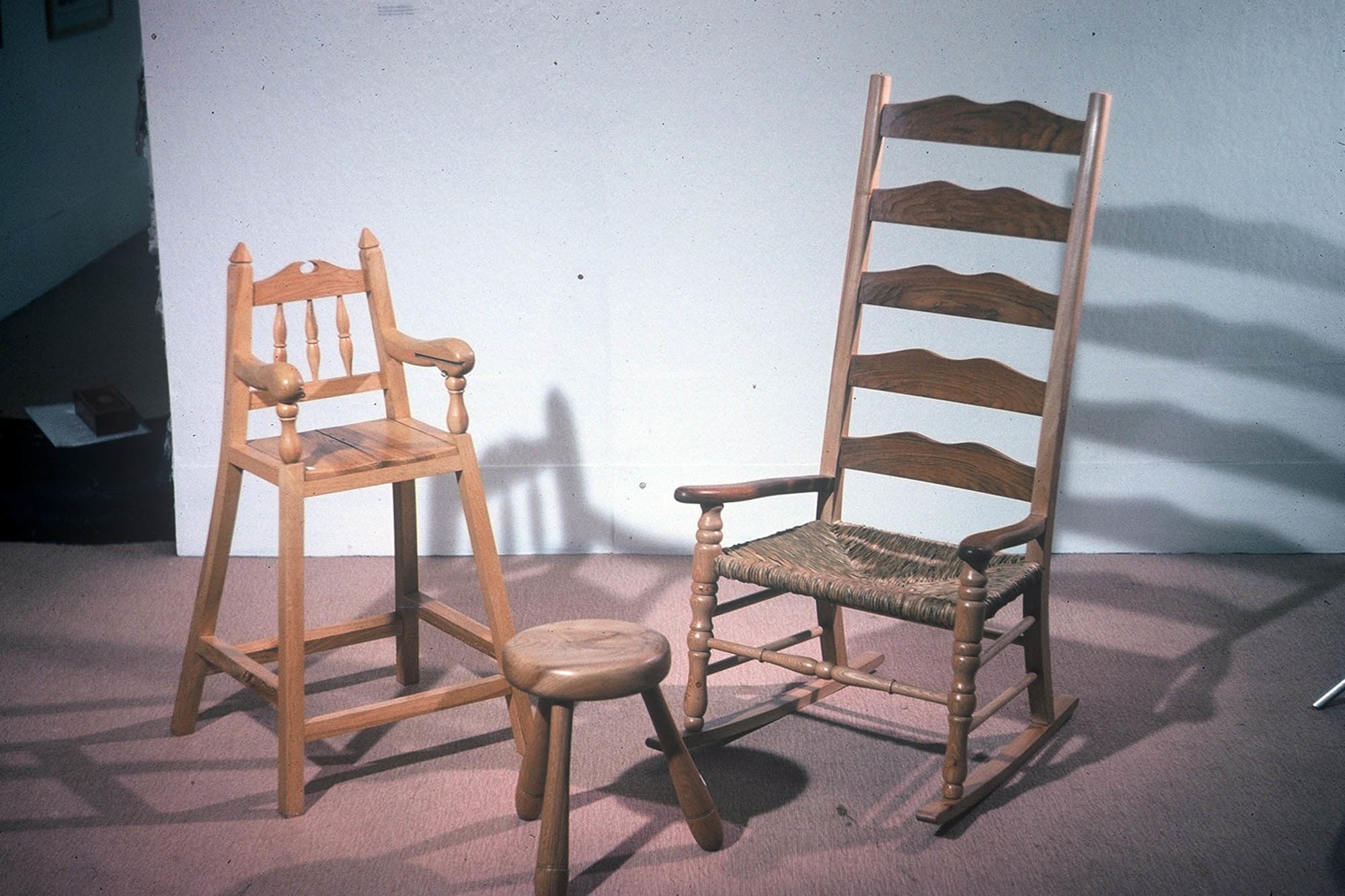
A telling collection of pieces made by David, representing the needs of a young family after Sam and William were born. Making traditional designs like this taught David the craft of woodworking.
High chair in Ash, Stool in Oak and Nursing Rocker in elm and recycled teak.
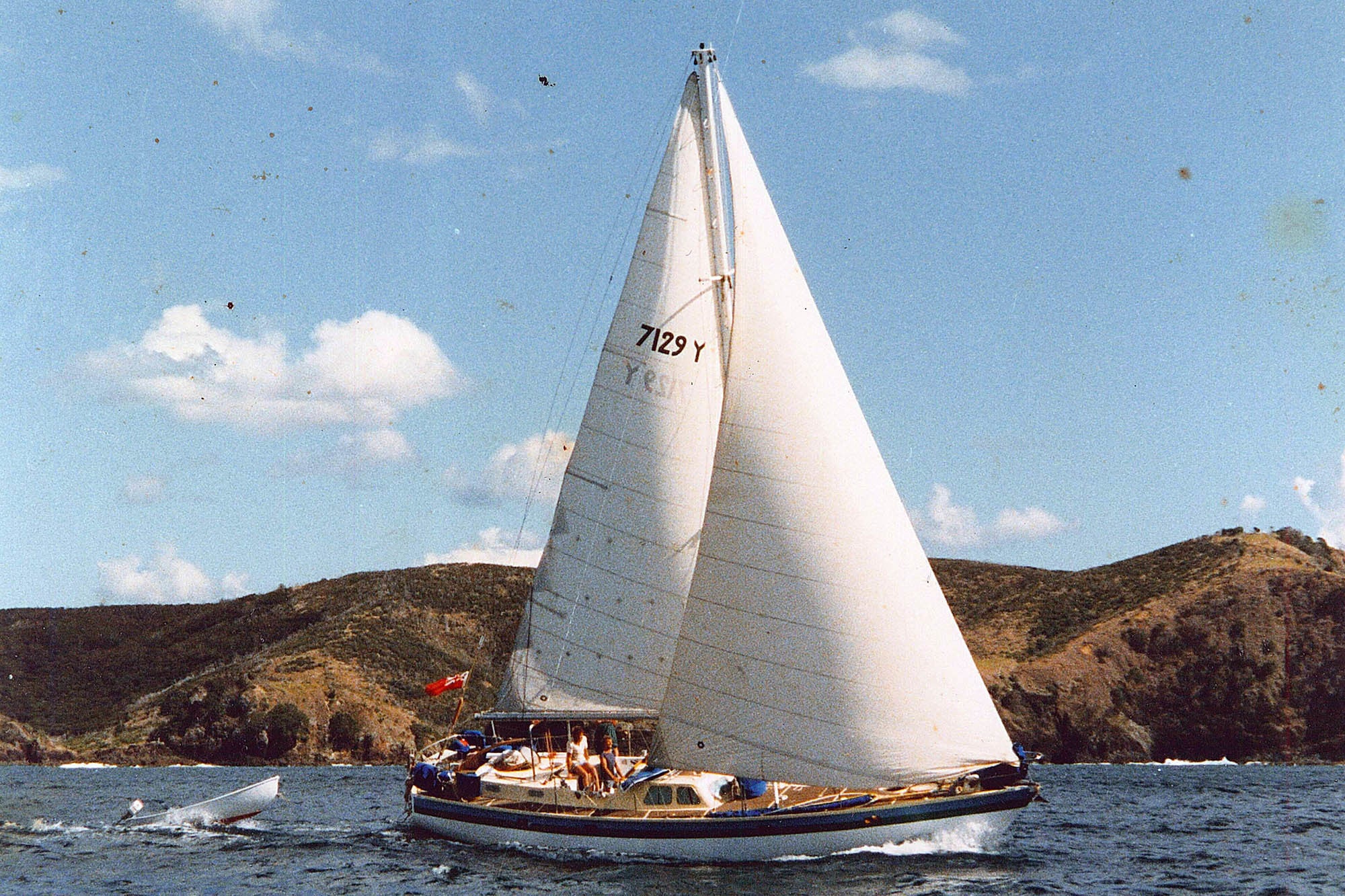
In a changing political landscape and a growing love sailing, David and Linda made the decision to sell up and buy Hornpipe.
Hornpipe, was a 14.5m steel cutter built in Sydney, designed by Joe Adams.
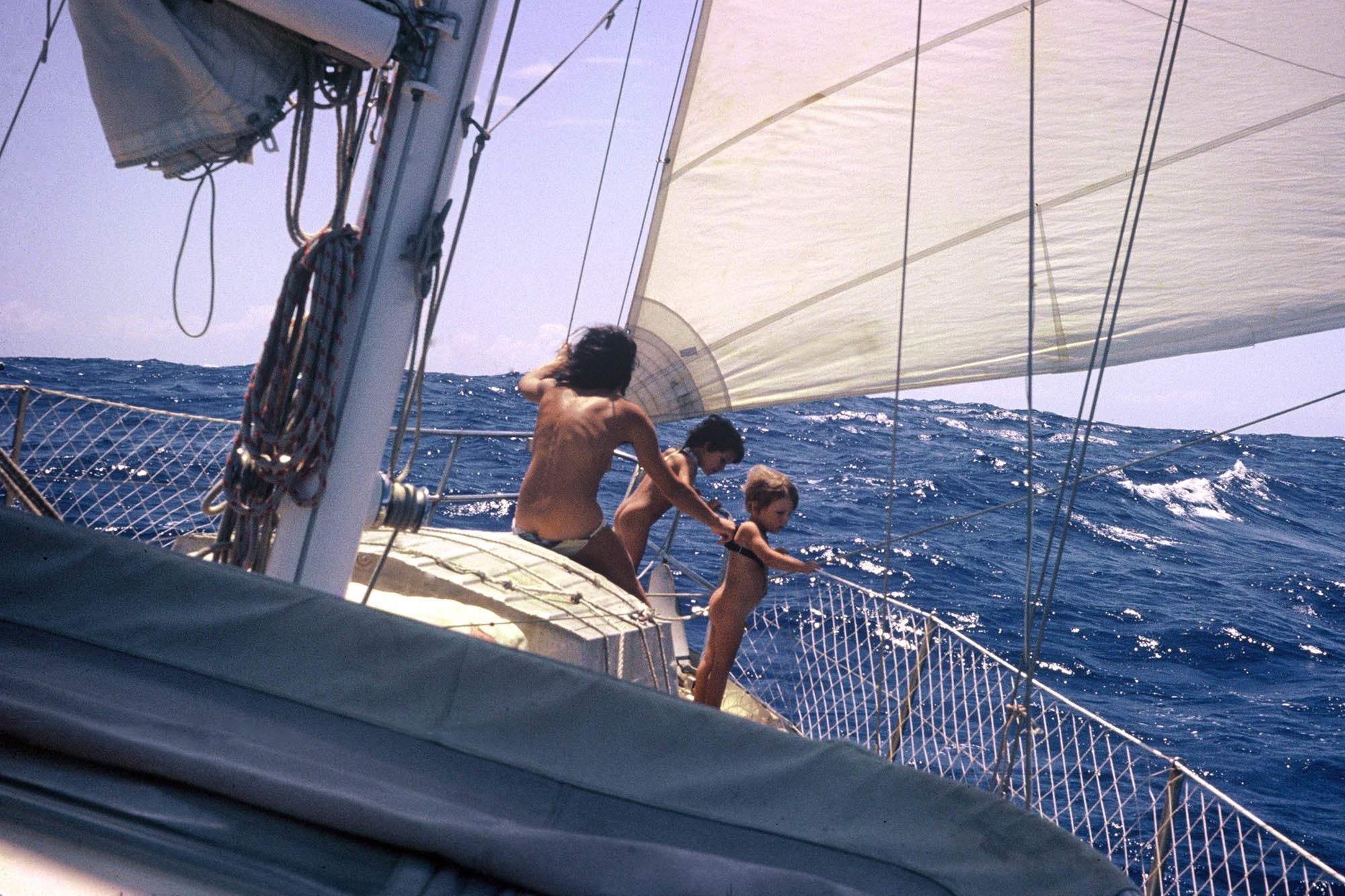
The family collected Hornpipe and immediately set sail for Antigua across the Atlantic ocean with two crew Gerry and Catherine.
Linda with Sam and Billy on Hornpipe in mid-Atlantic.
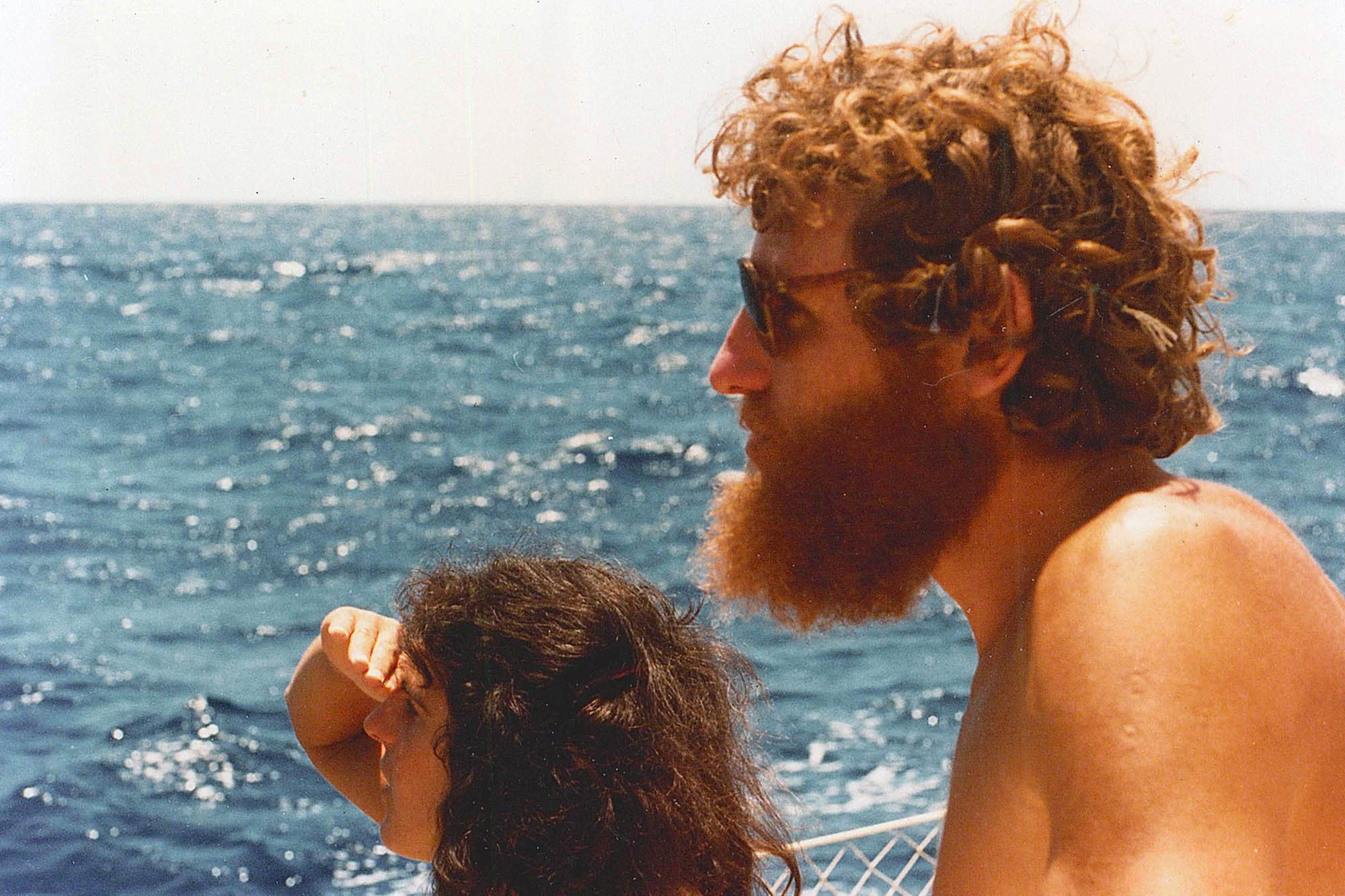
David and Linda made the decision to take another step in the families journey, to find a life more suitable for growing children either in Australia or New Zealand. Hawke's Bay on the east coast of New Zealand
David and Linda on Hornpipe.
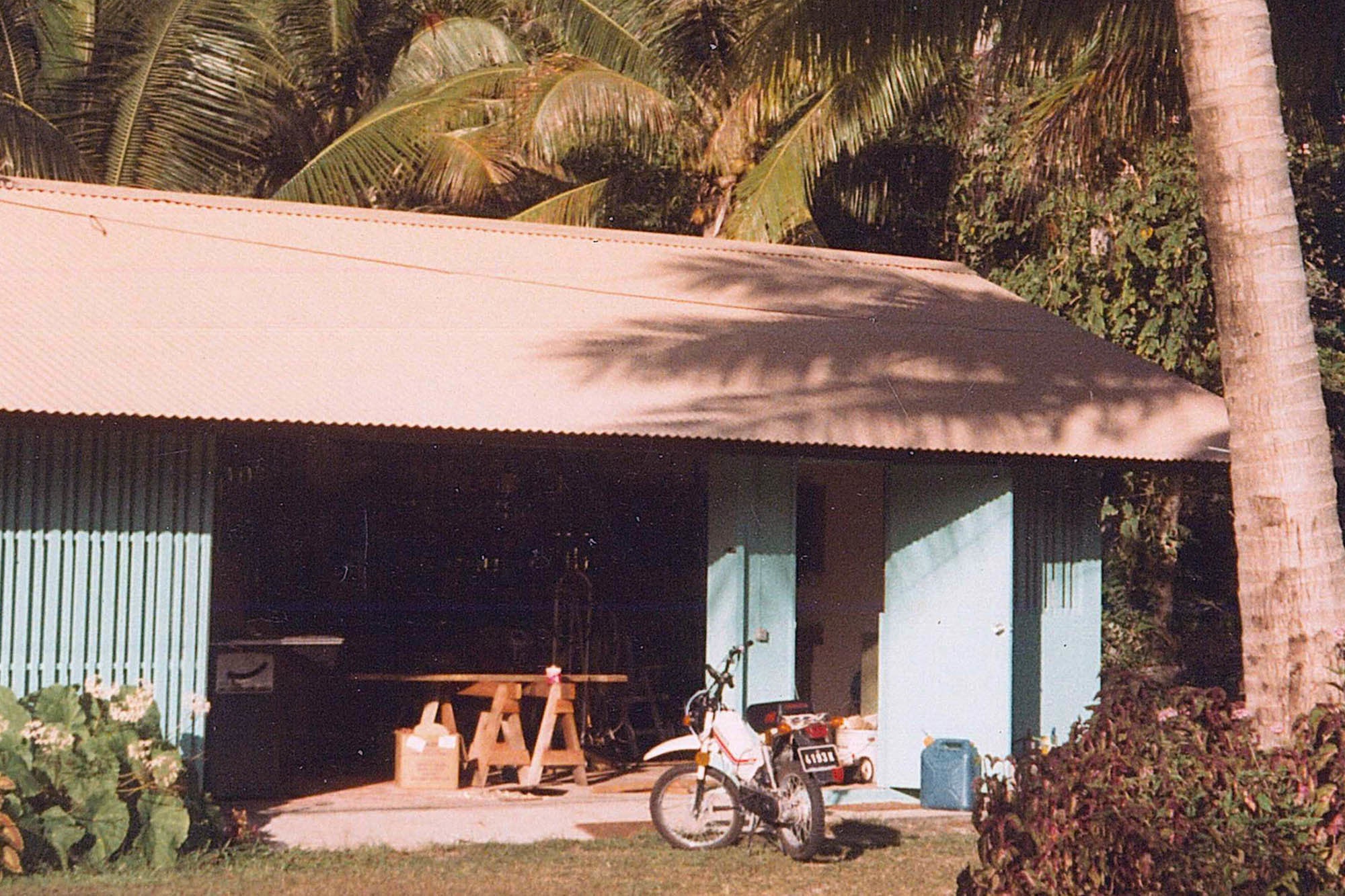
David's woodworking workshop in Morea. Along the ocean journey, the family stopped for periods of time at islands. Here David worked making furniture commissions and was inspired by the local art forms. This exposure shaped what was to come for him as a designer.
The workshop David hired in Morea.
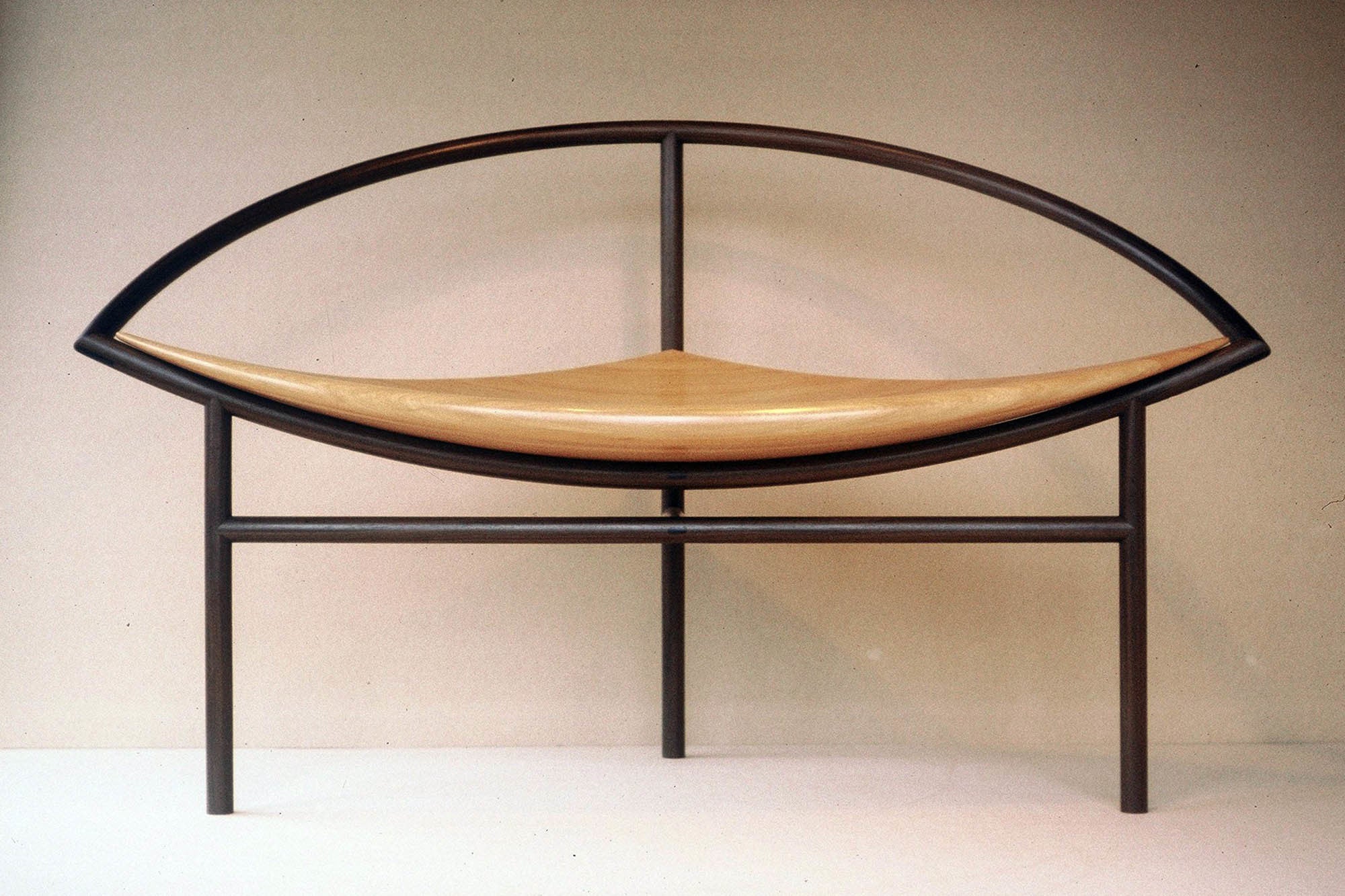
Sail chair was made after 2 years in New Zealand and represents a departure from the slightly safer furniture David made prior. David wanted to express the memories and visual beauty of what he had experienced through the last 10 years traveling in the Pacific.
Sail Chair 1989, Matai and Indonesian Rosewood.
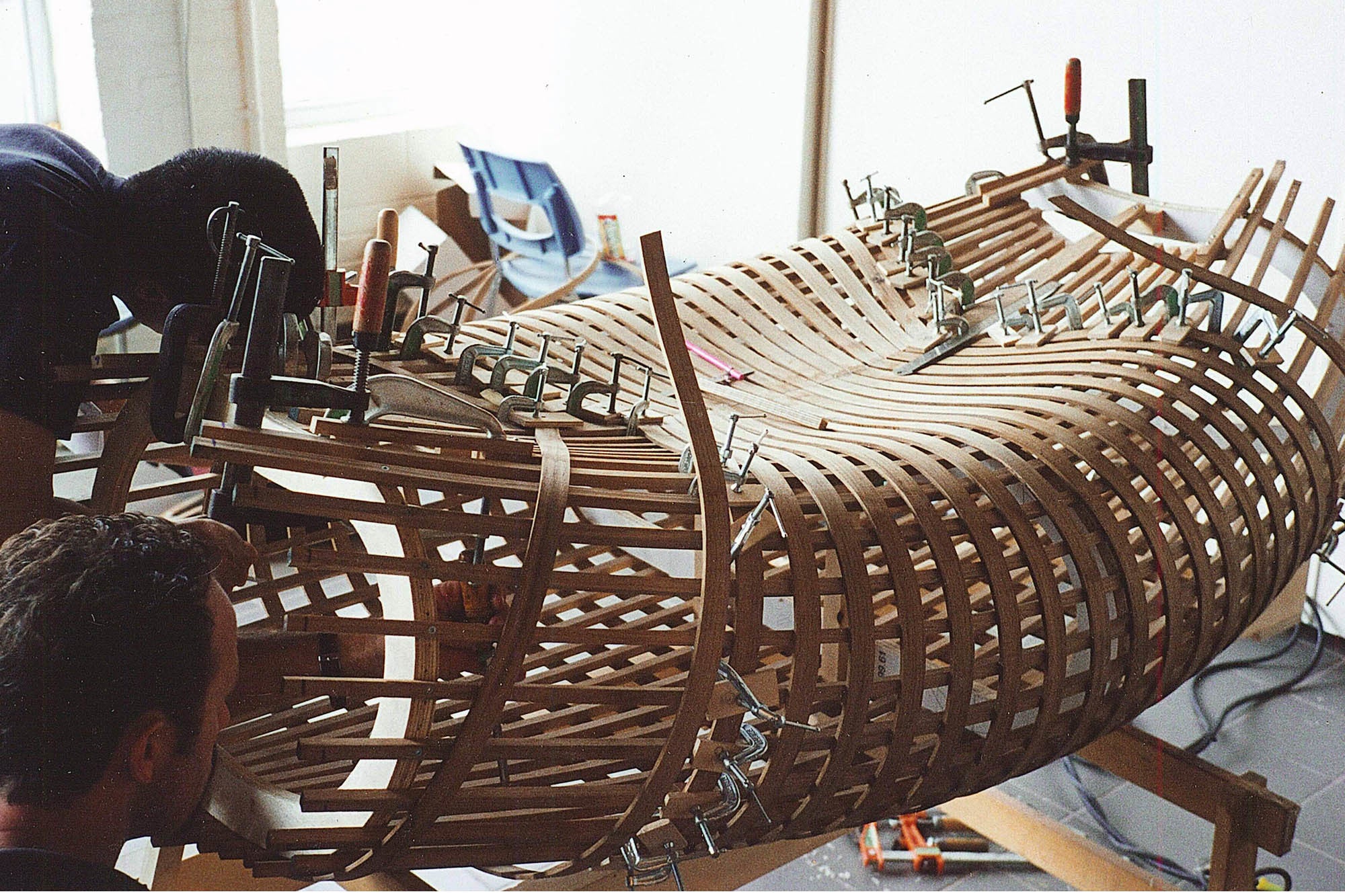
Through the 90's the family settled into life in New Zealand. The boys grew, enjoying the outdoors in Hawke's Bay. Linda taught art at the local high school and David grew his workshop based at their home.
David making in his home garden studio.
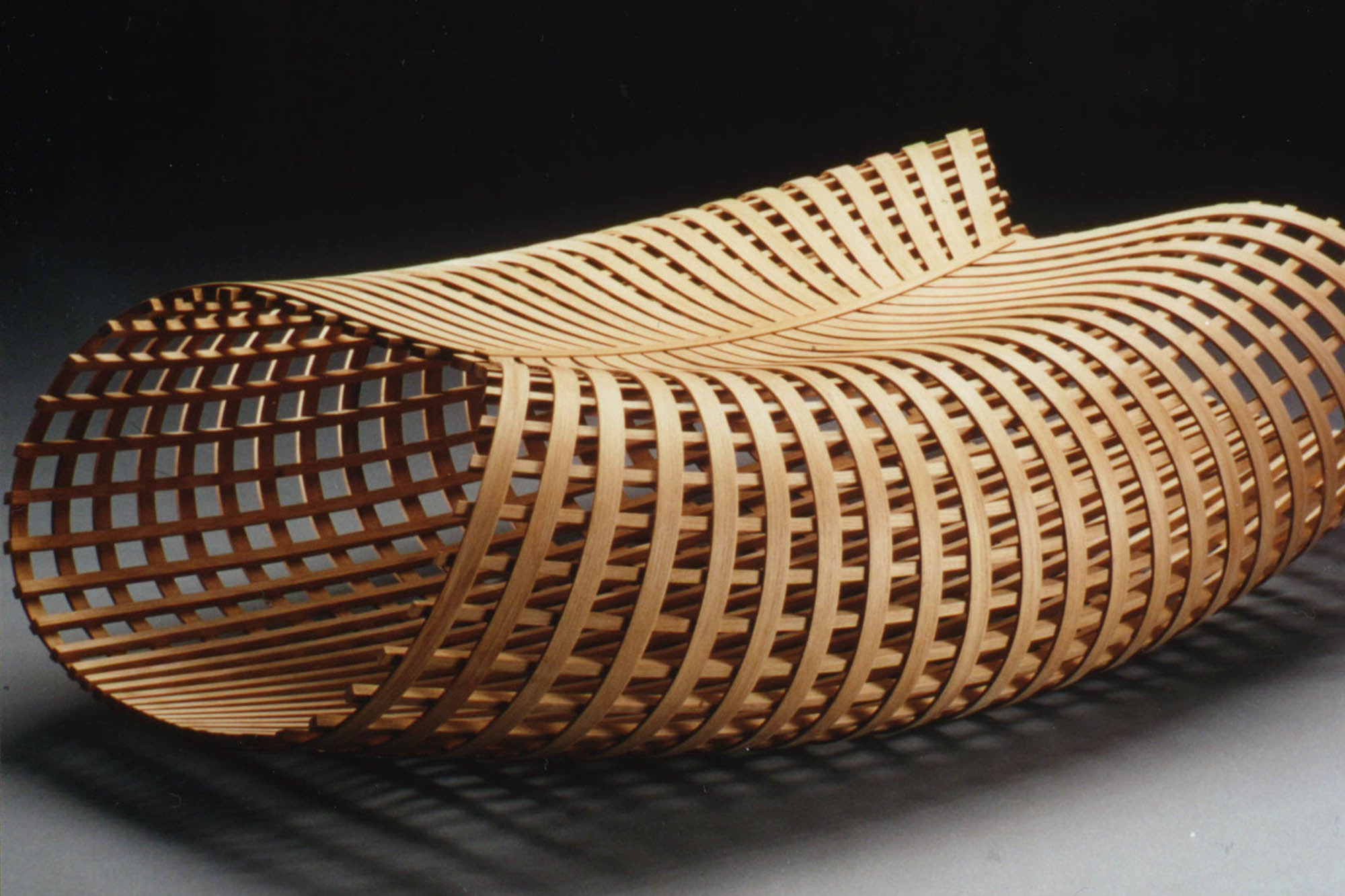
A series of gradual reduction led the seat series to become the raft series. The raft forms pushed craft techniques to the extreme. The various iterations contained feelings of the ocean or notions of escape and passage
Raft form.
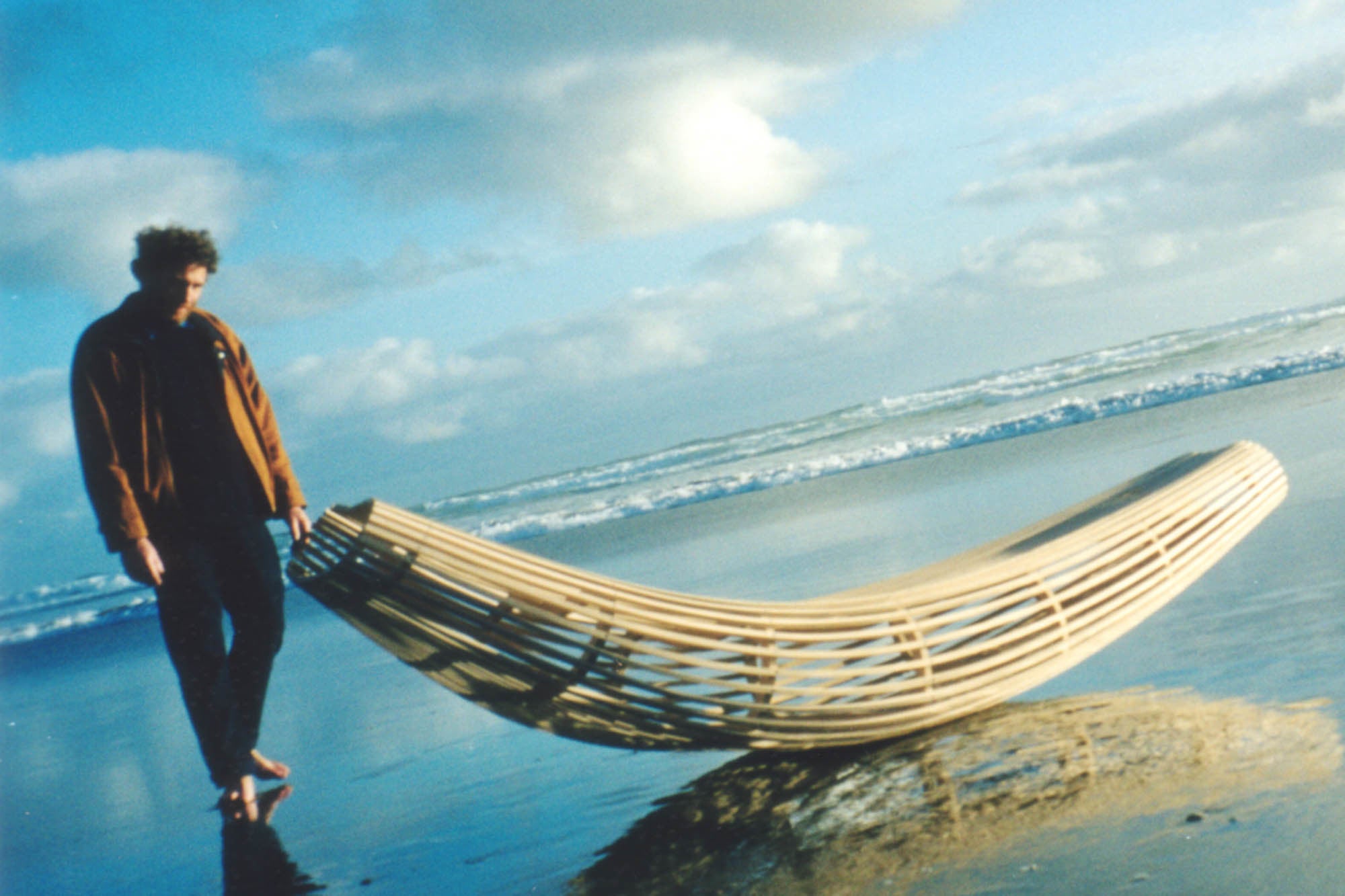
A pinnacle and certainly a defining point in David's oueve was Body Raft. David took it with him to the Milan Furniture Fair where it was spotted by Giuliano Capellini and licensed to the Capellini collection.
Body Raft in Ash and Hoop Pine.
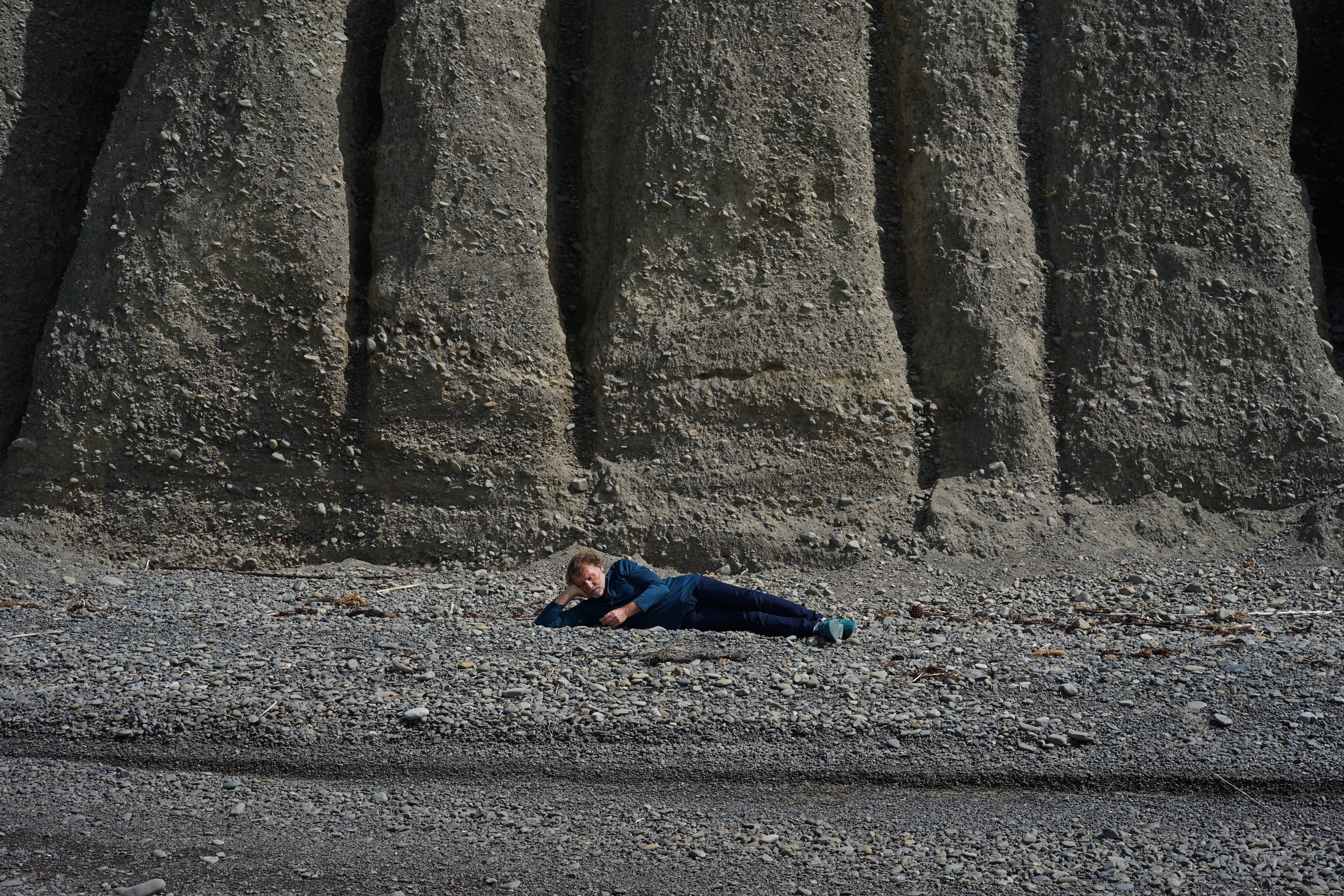
Now many years later, David Trubridge is one of New Zealand’s most internationally recognisable designers. He is known for his kitset lighting and environmental activism. David Trubridge Ltd the company, has evolved since 1995: from David’s original studio-based practice, to now making everything in Whakatu, Hawke's Bay, New Zealand.
David thinking of the next idea.